George Dyson
ANALOGIA
The Entangled Destinies of Nature, Human Beings and Machines
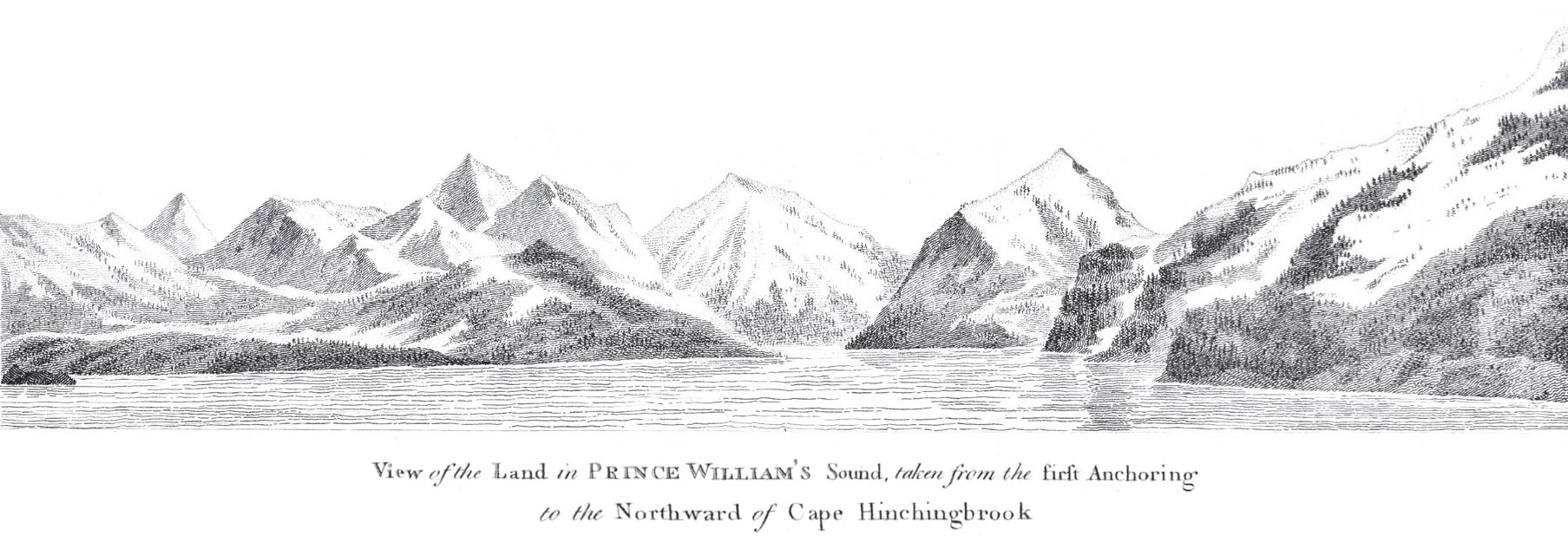

PENGUIN BOOKS
UK | USA | Canada | Ireland | Australia
New Zealand | India | South Africa
Penguin Books is part of the Penguin Random House group of companies whose addresses can be found at global.penguinrandomhouse.com.

First published in the USA by Farrar, Straus and Giroux 2020
First published in Great Britain by Allen Lane 2020
Published in Penguin Books 2022
Copyright George Dyson, 2020
The moral right of the author has been asserted
ISBN: 978-0-141-97546-7
This ebook is copyright material and must not be copied, reproduced, transferred, distributed, leased, licensed or publicly performed or used in any way except as specifically permitted in writing by the publishers, as allowed under the terms and conditions under which it was purchased or as strictly permitted by applicable copyright law. Any unauthorized distribution or use of this text may be a direct infringement of the authors and publishers rights and those responsible may be liable in law accordingly.
Once I moved about like the wind.
G OYAA (G ERONIMO ), 1886
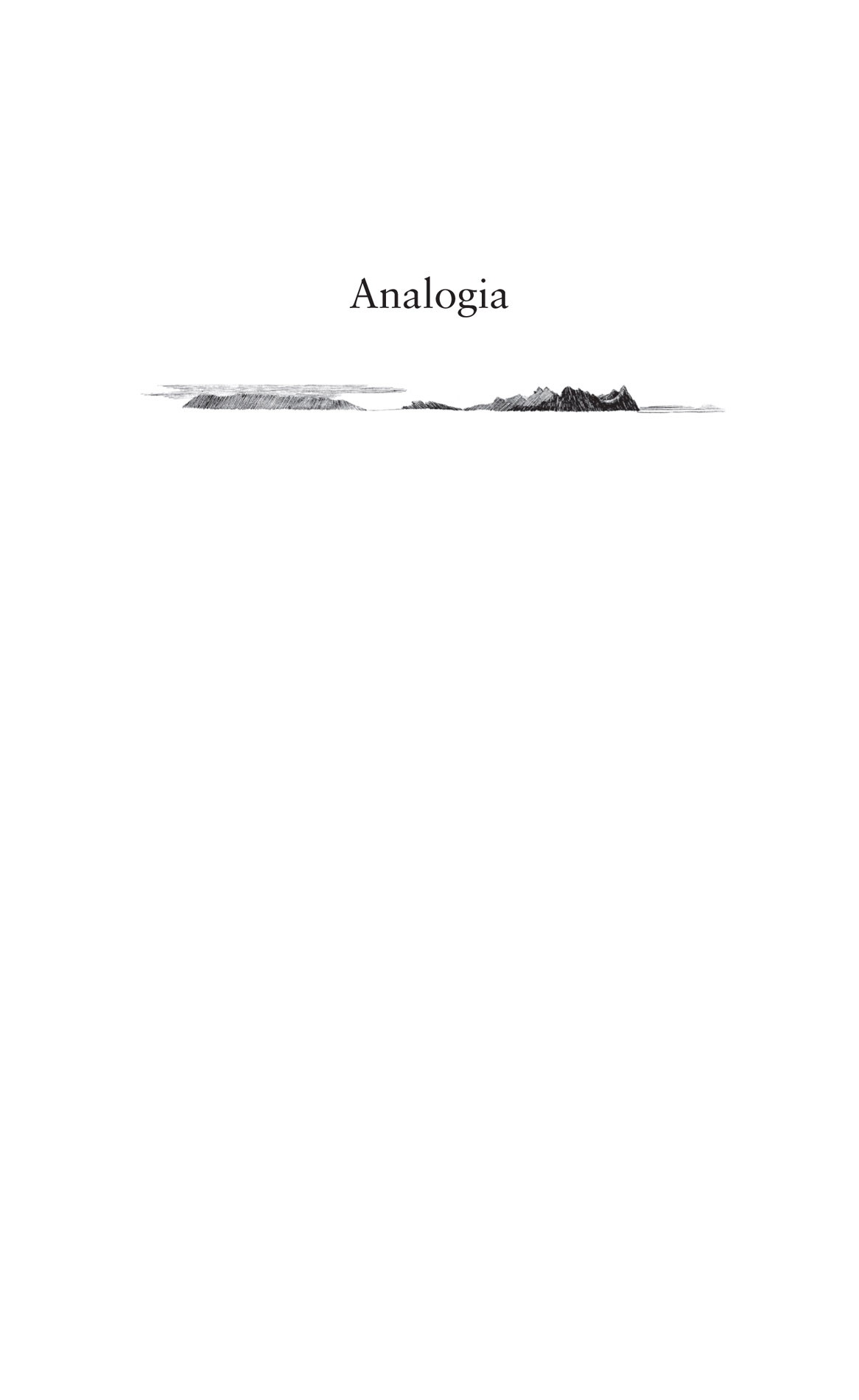

0.
The Leibniz Archipelago
From Analog to Digital and Back
In July 1716, Gottfried Wilhelm Leibniz, a seventy-year-old lawyer, philosopher, and mathematician whose tragedy was that he met the lawyers before the scientists, joined Peter the Great, the forty-four-year-old tsar of Russia, in taking the cure at Bad Pyrmont in Saxony, drinking mineral water instead of alcohol for the duration of their eight-day stay.
Leibniz, who would be dead within the year, laid three grand projects before the tsar. First was a proposal to send an overland expedition across Siberia to the Kamchatka Peninsula and the Pacific, where one or more oceangoing vessels would be launched on a voyage of discovery to determine whether Asia and America were separated, and if so, where? What languages were spoken by the inhabitants, and could this shed light on the origins and evolution of the human race? Were the rivers navigable? How does the magnetic declination vary with location, and does it also vary in time? What lay between the Russian far east and the American Northwest? Could Russia extend its claims?

View
of the Land
on the Coast
of AMERICA
when the Volcano
bore N.N.E. 2E. and the Sou.part of Oonemak
N.40 W.dis 7lea.sSecond was a proposal to establish a Russian academy of sciences, modeled on the success of the existing European academies while leaving their infirmities behind.
Third was a plan to use digital computers to work out, by an infallible calculus, the doctrines most useful for life, that is, those of morality and metaphysics, by encoding natural language and its underlying concepts through a numerical mapping to an alphabet of primes. Leibniz sought Peters support to introduce this calculus ratiocinator to China, whose philosophers he credited with the invention of binary arithmetic, and to adopt this system in the tsars campaign for the modernization and expansion of Russia, which Leibniz saw as a tabula rasa, or blank slate, upon which his vision of a rational society based on science, logic, and machine intelligence might play out.
The human race will have a new kind of instrument which will increase the power of the mind much more than optical lenses strengthen the eyes, he argued. Reason will be right beyond all doubt only when it is everywhere as clear and certain as only arithmetic has been until now. Leibniz observed that the functions of binary arithmetic correspond to the logical operations of and, or, and not. Strings of binary symbols, whether represented by zeros and ones or black and white marbles, could both encode and logically manipulate concepts of arbitrary complexity in unambiguous terms. This universal language would open a new era in human affairs. Leibniz saw Peters ambitions as the means to propagate this revolution, drawing the analogy that building a new structure is easier than remodeling an old one whose foundations have settled unevenly, leaving defects that have to be repaired.
The Russian Academy of Sciences was founded in 1724. The Great Northern Expedition was launched in 1725, followed by a 126-year Russian presence in America, beginning with the arrival of Bering and Chirikov in 1741 and ending in 1867 with the transfer of Alaska to the United States. Leibnizs third project received no support. Although so amused that he had looked at the instrument for half an hour, and even probed it with a pencil to see how it worked, Peter took no further interest in Leibnizs mechanical computer. The powers of digital computing were lost on the tsar.
It took another two centuries, and the invention of electronics, for Russia, China, and the rest of the world to become the tabula rasa of Leibnizs plan. Then suddenly, in less than fifty years, we advanced from the first primitive electronic digital computers, assembled from vacuum tubes and exchanging coded sequences at the speed of punched cards and paper tape, to a world where code proliferates at the speed of light. The ability of digital computers to mirror the non-digital universe is taken for granted today. To question the supremacy of these powers elicits the same disbelief as trying to explain them did in the time of Peter the Great.
The differences between analog computing and digital computing are fundamental but not absolute. Analog computation deals with continuous functions, whose values change smoothly over time. Digital computation deals with discrete functions, whose values change in precise increments from one instant to the next. Leibniz might have envisioned an analog computer operating by means of a fluid running through a maze of pipes, regulated by valves that could be varied continuously between fully open and fully closed. As one of the founders of the infinitesimal calculus, he was no stranger to the continuous functions that such a device could evaluate or control. Instead, he envisioned a digital computer, with binary arithmetic executed by marbles shifted by on/off gates as they ran along multiple tracks.
These marbles were either black or white; no shades of gray allowed. They could not be divided into smaller marbles or merged into marbles of larger size. When arriving at a gate, they had to follow either one path or the other, with no middle ground. Any given sequence of marbles either corresponded exactly to some other sequence or did not. All questions had to be stated unambiguously, and if a question was repeated, the answer would be the same every time. This imagined computer was never built, but the binary digits, or bits, that permeate every facet of our existence are Leibnizs marbles, given electronic form.

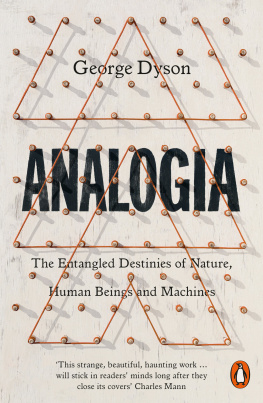
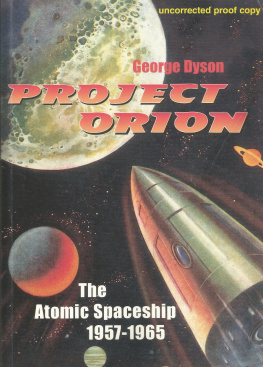

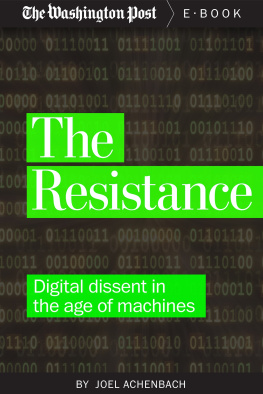
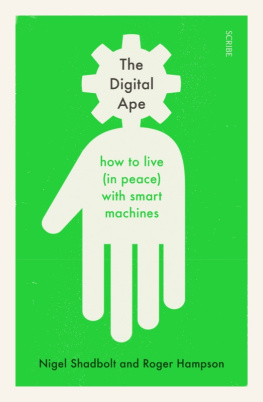
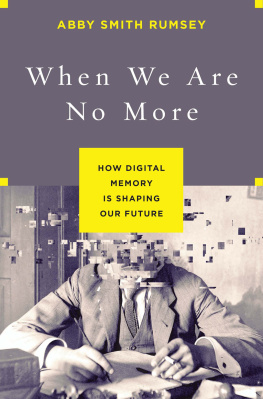





 View of the Land on the Coast of AMERICA when the Volcano bore N.N.E. 2E. and the Sou.part of Oonemak N.40 W.dis 7lea.s
View of the Land on the Coast of AMERICA when the Volcano bore N.N.E. 2E. and the Sou.part of Oonemak N.40 W.dis 7lea.s